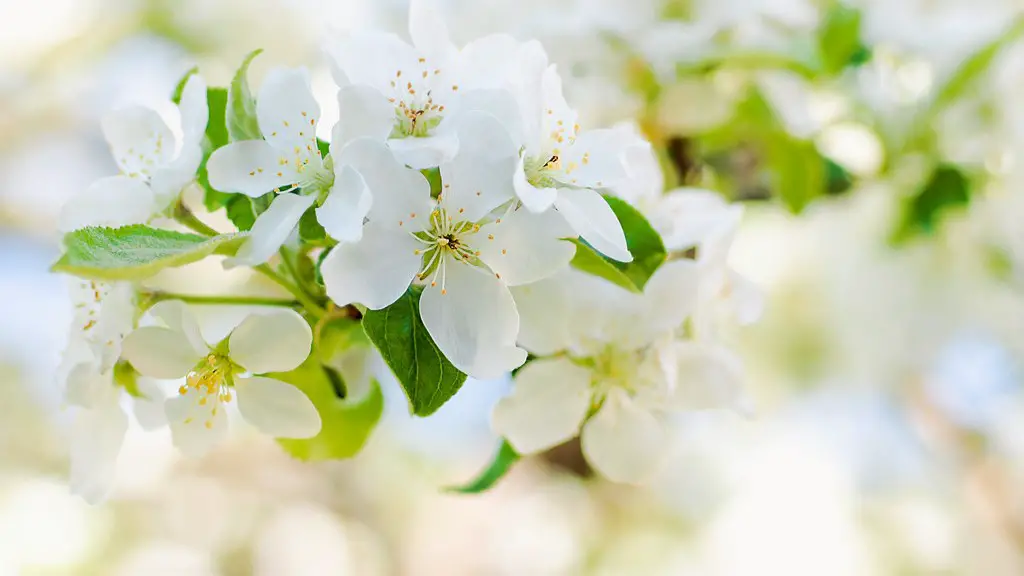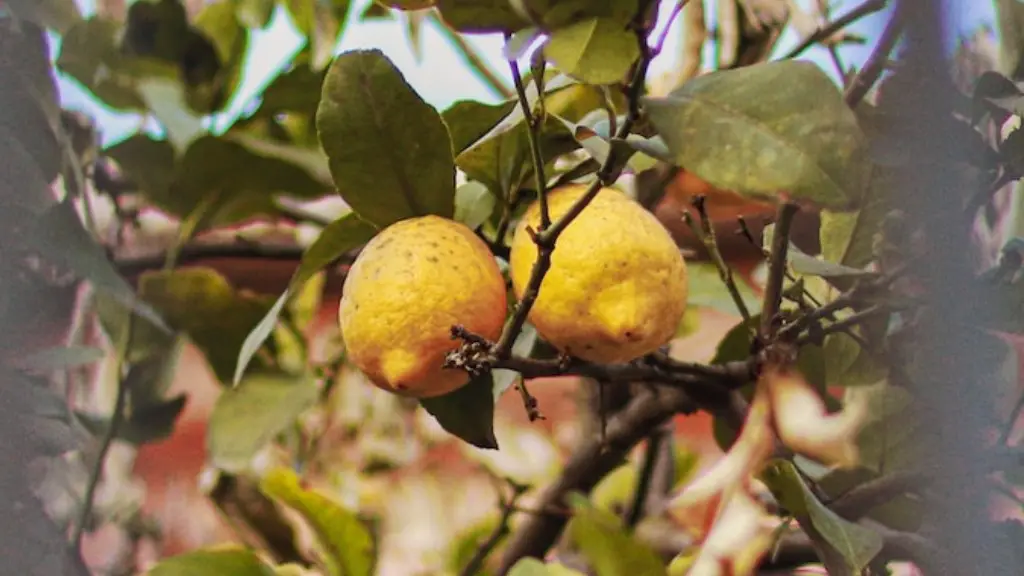Overview
Avocado trees are popular fruits that are increasingly being grown as backyard trees as well as for commercial production. The difficulty of growing them, however, can be challenging. Many young avocado trees can suffer from serious health problems, with different symptoms displayed depending on the underlying cause of the problem. This article explores why young avocado trees can be susceptible to dying, outlining a range of possible causes and offering some preventative measures to protect your tree.
Nutritional Problems
Nutrients are essential for avocados to thrive. Without adequate nutrients in the soil, they can suffer from deficiencies. Nitrogen, phosphorus and potassium are the primary nutrients avocado trees require, as well as calcium and magnesium, as well as trace elements such as boron and zinc. Issues can arise when these elements are either in low supply or in a form which the tree cannot use, leading to poor growth and dieback.
Pests and Diseases
Avocado trees are subject to a range of pests and disease threats. Pests can weaken and damage the tree by feeding off its leaves and sap, while disease can attack the roots and cause stunted growth. Disease can be caused by fungi, bacteria or viruses, some of which can be fatal or cause serious damage to the tree. Examples of common pests and disease include root rot, avocado blight and black spot.
Environmental Factors
Environmental factors can also lead to serious health problems for young avocado trees, from fluctuations in temperature, to poor quality soil, to incorrect watering regimes. Too much watering can lead to waterlogging, which can limit oxygen flow to the roots and ultimately kill the tree. The tree’s position can also affect its health, as an area needing more sunlight can stunt growth, whereas an area receiving too much sunlight can lead to leaf burn.
Incorrect Cultivation Practices
Poor cultivation practices can be detrimental to avocado trees. Pruning too heavily or too little, or pruning at the wrong time, can weaken the tree and disturb its natural growth patterns. Improper pollination or fertilization can also impact on the health of the tree, while inadequate weed control can deplete essential nutrients from the soil.
Signs of Ill-Health
The signs of an ill avocado tree can vary depending on what is causing the problem, but there are some general indicators to look out for. These include yellowing leaves, wilting, reduced flowering and small fruit, as well as discoloration and/or evidence of pest or disease attack.
Preventative Measures
To ensure your young avocado tree remains in good health, it is important to take certain preventative measures. This includes planting in the right location, providing adequate fertilization and irrigation, controlling pests and diseases, and providing the tree with the necessary nutrients. In addition, it is important to keep an eye out for any signs of ill-health, and to take early action to address any issues.
Adequate Water
Water is essential for avocado trees, and they should be watered regularly throughout their growing season. This means ensuring they receive enough water regularly and evenly, while avoiding waterlogging. It is important to check moisture levels in the soil before watering, and to apply mulch or other organic matter which can help to retain moisture.
Appropriate Fertilization
Avocado trees require specific nutrients to stay healthy and vigorous. As such, regular fertilizer applications should be made to fully support growth, while soil tests should be carried out to ensure the roots are getting all the necessary minerals and trace elements. Fertilizers should be applied at the recommended dosage and frequency to ensure the tree is being provided with the exact nutrients it needs.
Regular Pruning
Pruning is necessary for many young avocado trees in order to control their size and shape, and to ensure the tree’s energy is being directed to those parts of the tree most in need. Regular pruning should be carried out, but no more than is necessary. Pruning should also be done in accordance with the season, as different stages of growth require different pruning approaches.
Weed Control
Weeds can compete with avocado trees for moisture, nutrients, and sunlight, and should be controlled in order to maximize the tree’s growth potential. This can be achieved through physical removal by hand, or through the application of herbicide spray or granules. Weeds should be targeted before they flower, and left-over weed material should be removed to help prevent further seed dispersal.
Effective Pest Control
Inspecting avocado trees for signs of pests is important for preventative pest control. This includes looking for signs of damage to the leaves, fruit, or trunk, as well as any unusual patterns on the foliage such as discoloration, wilting or spots. If any pests are found, they should be dealt with promptly using appropriate materials and methods.
Correct Planting
Avocado trees should be planted in a location which is sunny and well-drained, and which allows for plenty of air circulation. A deep planting hole should be created, and back-filled with nutrient-rich soil. The tree should also be carefully staked and mulched, and given adequate protection from strong winds.

